Rat Time
By Keiler Roberts
Koyama Press
Cartoonist Keiler Roberts has a very freeform approach to diary comics. As in free from the form of diary comics. As collected in Rat Time, there is no sense of the time passed other than the death of some of the rats mentioned in the title, and without that measurement, you might consider the presentation a cascade of events.
Some moments seem isolated from others while some build upon the previous moments, but regardless of which, they do keep coming and Roberts gives no artificial framing to them. They are just what happened and what Roberts put down on the page. But because the work is not confined by boundaries, that doesn’t mean they are out of control. They are, in fact, kept in check by Roberts’ deadpan style that does well in relating everyday events because everyday is, most typically, deadpan, thanks to a lack of awareness by the players that we are right in the middle of it.
A large part of Roberts’ comics center around the relationship between she and her daughter Xia, who functions as a perfect partner for Roberts in the area of witty banter and matter-of-fact conclusions. It’s Xia’s embrace of pet rats that gives Rat Time its title, referring to the portion of the evening before bedtime that the family spends some time playing with the pet rats. But some things can’t become a tradition just because it is impossible, and so this designated time passes rather quickly thanks to the mortality of rats and the fleeting enthusiasm of kids.
Xia’s interest in playing with dolls with her mom — an obsession of Roberts that she carried from childhood well into motherhood — lasts longer than rat play, and dolls are more dependable that rats for passing the time. Doll play time is when Roberts can let herself go and test out her often-defeated desire to write fiction, and also get an even better sense of the way her daughter’s mind works by hearing her skills for fiction.
In contrast, Roberts approaches the outside world with more awkwardness. The book is rich with stories about her interactions with her students, when a more public and clumsy Roberts takes over. At home with Xia, she is the same person, but she is safe.
This is all related in a choppy presentation that jumps from incident to incident, from brief thought to extended remembrance, without warning, as if lacking in concentration to analyze what’s behind any given moment she documents. Perhaps this reflects Roberts’ bipolar disorder, in which moods shift suddenly, but here, the rhythm is elevated by the deadpan mood I mentioned earlier. Even as the scenes shuffle on, the deadpan quality is like a signal to pause and consider what you just read before you go onto the next scene, and so the book can move quickly from a therapy session to an incident while sledding to an exchange with Roberts’ father, but in each, the moment to breath and consideration does come.
At one point, during the therapy session I just mentioned, Roberts tells the therapist that she feels happy, but not manic, and this does reflect the content in Rat Time, even if the structure does seem manic. It’s the work of a person who’s taking a lot in and passing on as much as she can, but also paying attention to it all despite it’s girth. It’s just normal life, but Roberts has a good hold on the meanings that accompany the action. Rat Time shifts from a moment spent with pet rats to a moment spent with the creatures in your mind, examining, relating, appreciating, at whatever the pace.


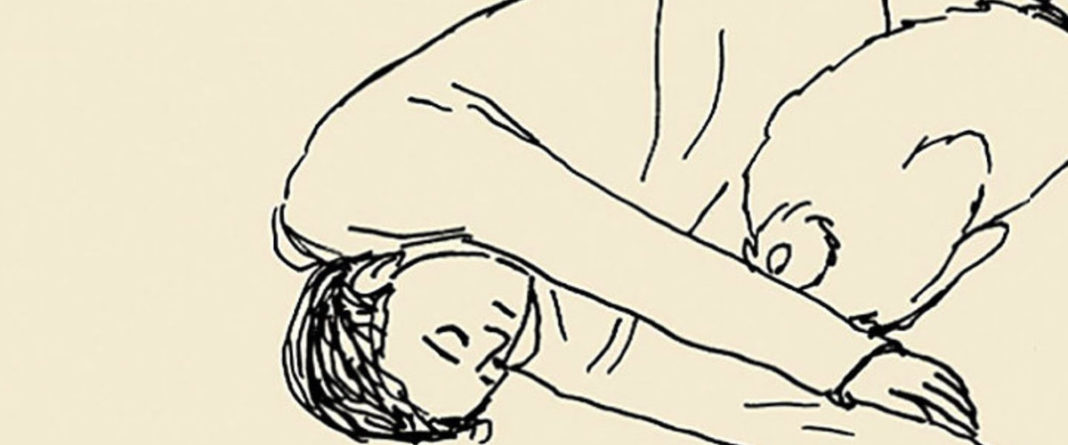
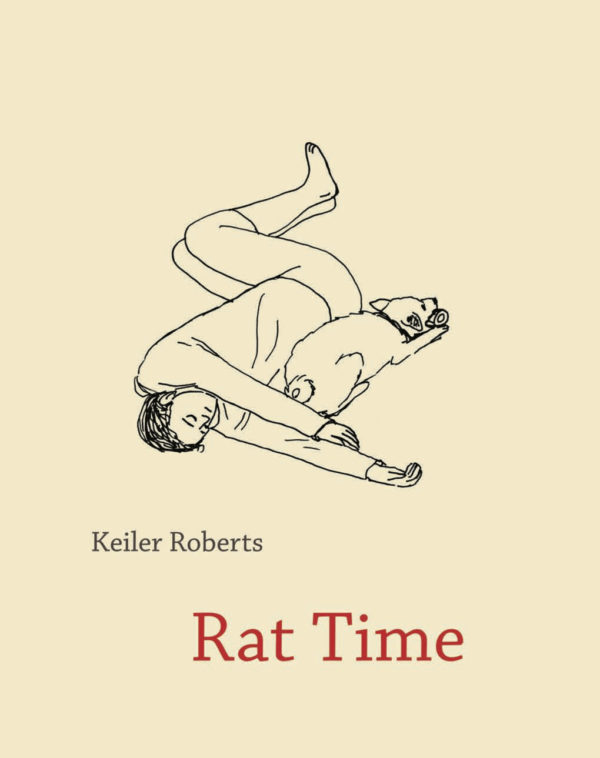
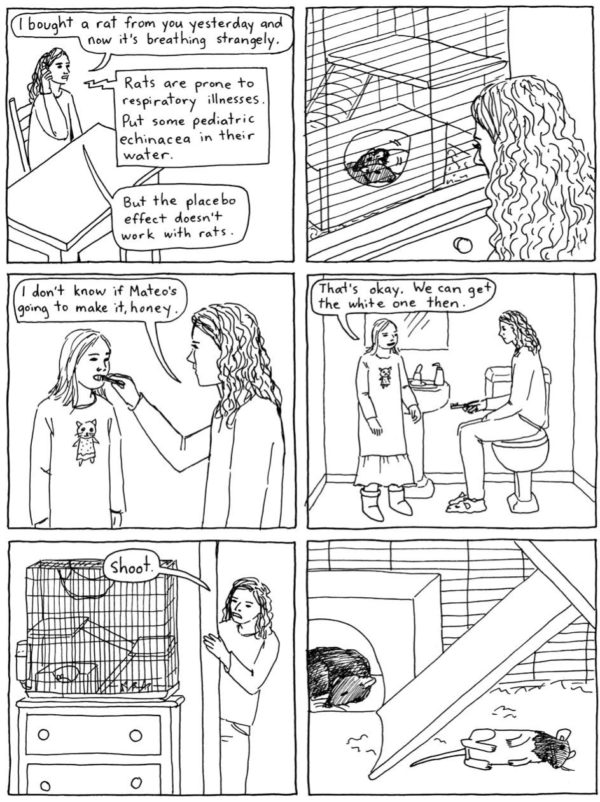
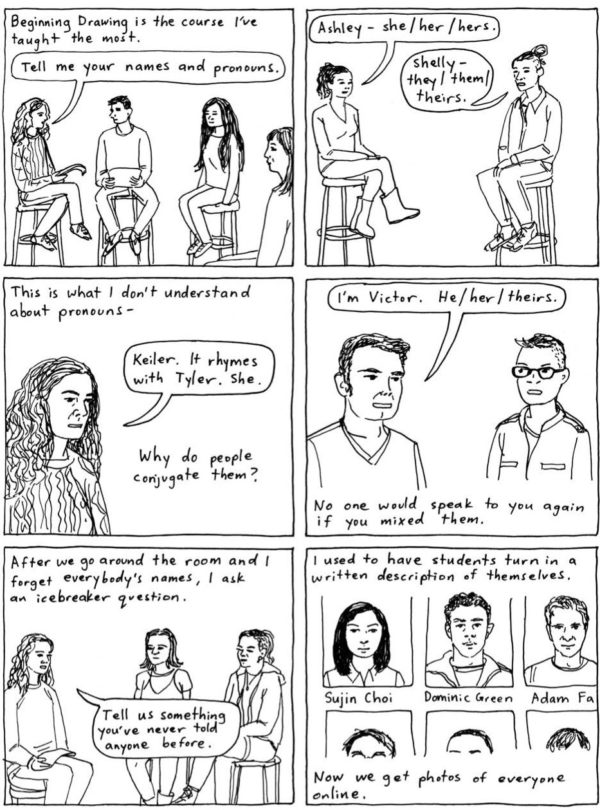
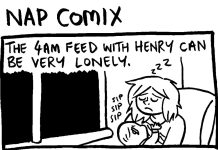




Comments are closed.